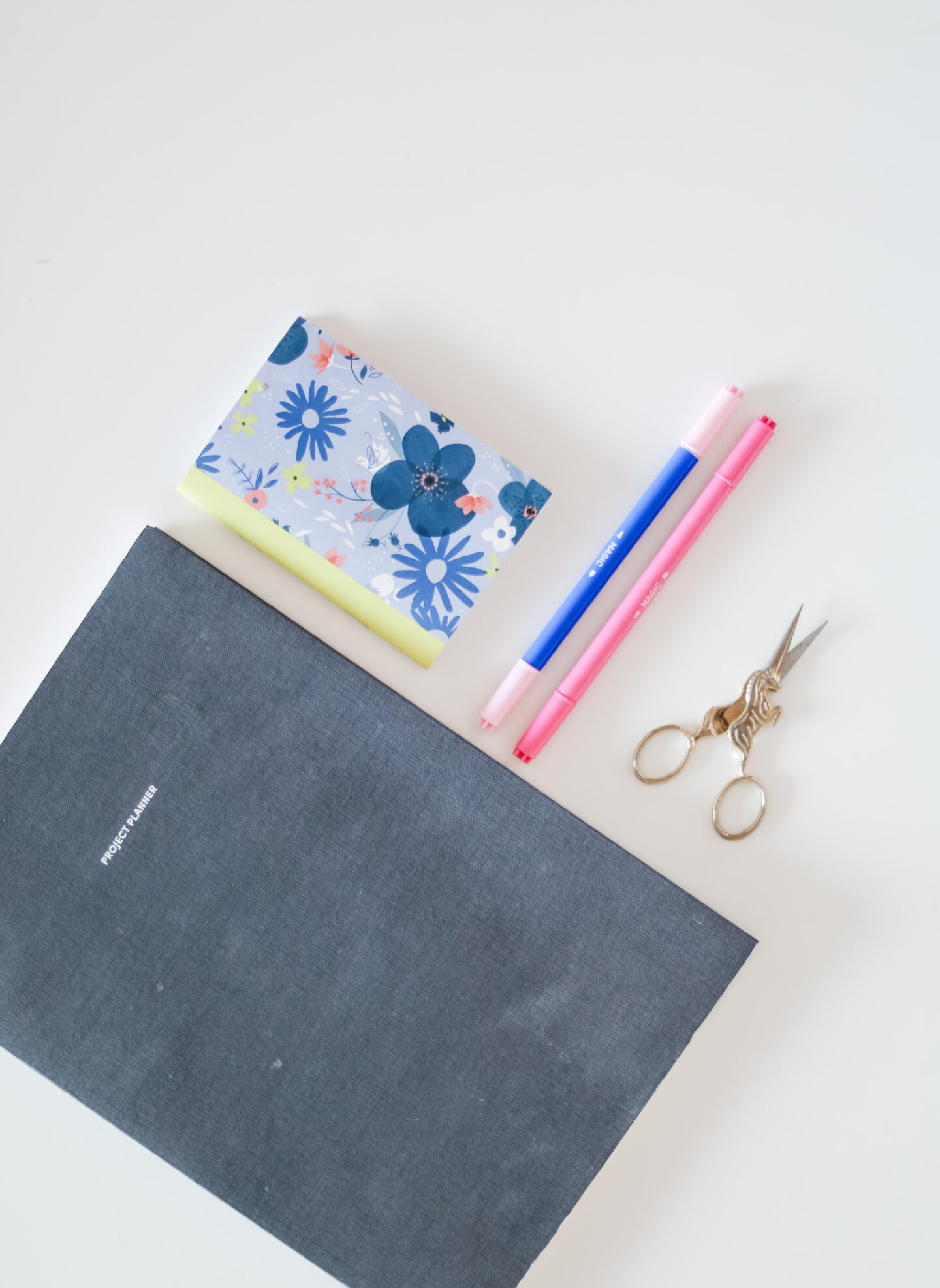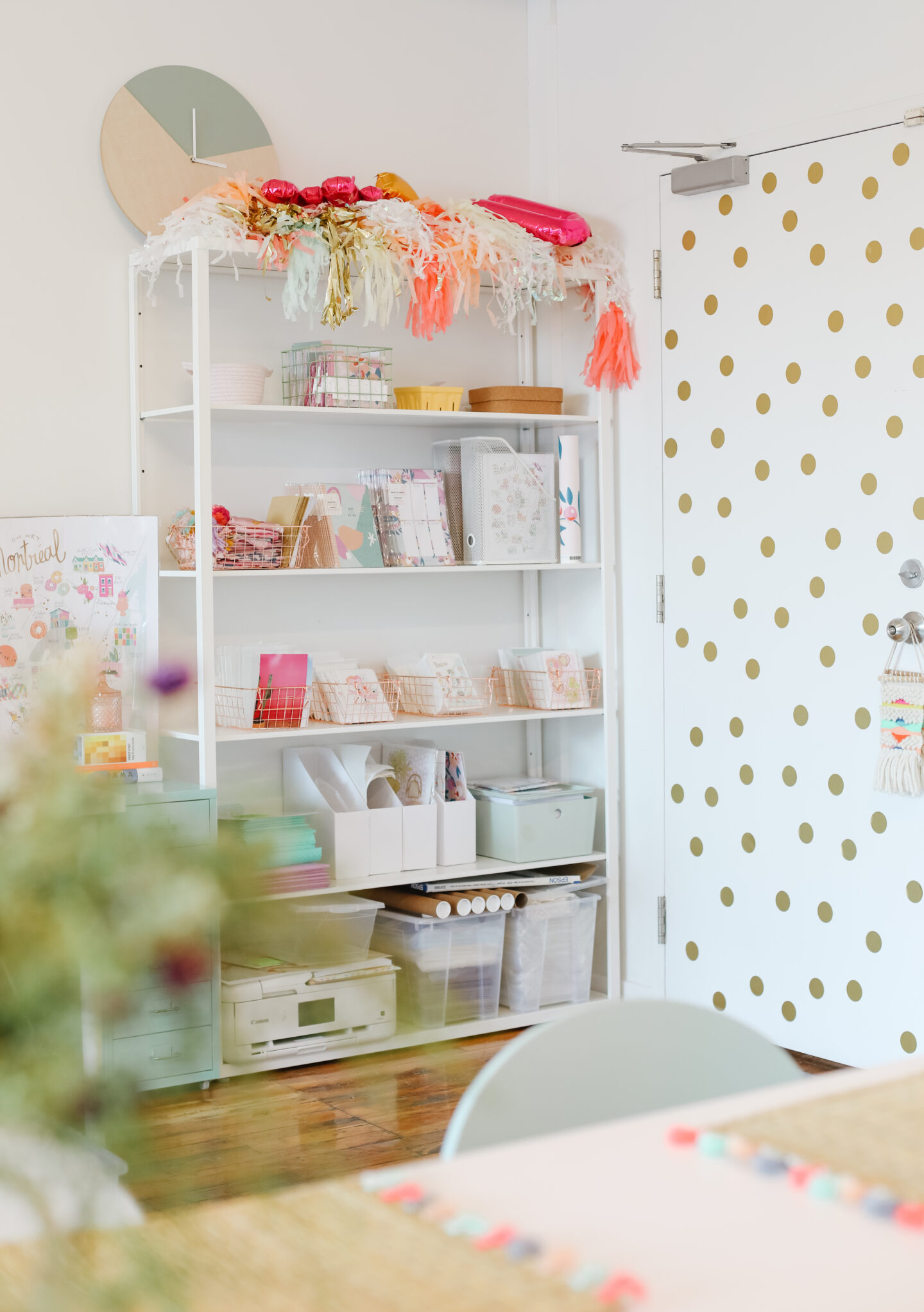My Personal Investing Journey: 4 Considerations to Help you Get Started

Endless thanks to TD for sponsoring this post today to help inform my readers about resources for accessing investing education. All views and opinions are my own.
Did you ever think you’d see multiple investment stories on my blog?
Well, as an entrepreneur and a freelance content creator, finance is something I’ve become very interested towards setting up for my future. Trust me – talking about personal finances and money has never been my forte and learning about investing, stocks, TFSAs, RRSPs and all those finance terms I never understood has been a challenge. But I’ve been getting better!
I’ve teamed up again with TD again to share more information on the TD Direct Investing Learning Centre – an online hub full of resources that can help you learn all things personal investing. The best part is you can learn at your own pace and find answers to some of the most frequently asked questions out there for us new investors! As for me, I find the Learning Centre has helped me get comfortable and confident when it comes to talking about my finances and future!
Me: Can we please talk about your personal investing plans?
You: Excuse me, what?

I get it, “money talk” can feel scary and overwhelming, especially if you, my friend, are a freelancer like me (remember my top 5 personal goals starting with investing, a few months back?). But more and more (and with the help of the Learning Centre), investing has become an area I’m more excited and passionate about.
hello, adulting!
I turned 38 this year (oh my gosh), and after almost 4 years working as a self-employed freelancer (now with a registered business, but more on that later), my future is all I have in mind. Buying that dreamy retirement home I want down south (please), building a second floor at home (I’m working on it right now) and giving Nico and Oli the best things they can have (because they deserve everything) are my top priorities when it comes to savings goals.
but… hold it, hold that thought!
How am I going to achieve this without a solid plan and the investing knowledge I need to help me get there?

I’ve realized I needed a customized plan to keep track of my investments, income, and expenses, plus mapping some key goals for the next couple of years to keep myself on track.
So, without further ado, I’ll walk you through my personal investing journey with 4 considerations I’ve learned that may help you!
One thing we can all agree on: there is no clear-cut “right” or “wrong” approach to personal investing, but the TD Direct Investing Learning Centre has provided me with the resources and educational tools I’ve needed to better plan out and work towards my financial goals.
Instead of binging countless episodes of my fave sitcom, I’ve spent more time this year binging the webinars, videos & Master Classes available through the Learning Centre to better #investinmyself! Some of my go-to videos that helped me map out my investing include: Why create an investment plan? What is a portfolio and how does it grow? And if you are new to investing, check some things to consider before starting!
So, are you still following me this far? YAY! You’re here and you’re a champ!
Let’s kick things off my friends!

1. EDUCATE YOURSELF
This always needs to be the first step – how can you successfully complete anything without fully understanding it?! Investing can be intimidating (I feel you, trust me), but with the right tools, you can build your confidence with getting started. TD Direct Investing Learning Centre is a great resource with extensive tools that can help investors (from novice to more advanced) learn so much about investing, ranging from the basics, like creating a plan, to more complex strategies for how to invest your money.
Did you know that as a TD Direct Investing client, you have access to the below resources, all through its Learning Centre?
· Curated videos and learning tools
· Straightforward explanations (from investing basics to advanced techniques)
· Daily live and interactive Master Classes
Self-directed or DIY (do-it-yourself) investing can be liberating and help you stay motivated to stay on track financially, checking off all your financial goals!

2. DON’T BE INTIMIDATED BY DIY INVESTING
I was eager to learn about investing and being able to take control of my finances. After crunching some numbers and creating my money diary, I realized I could be saving way more. When I started investing, I began with as little as $50 per week. After committing to putting this money into investments, I have seen the number grow which has felt so rewarding and has given me a little more financial confidence that I needed! Again, leaning into TD Direct Investing resources, I’ve been learning as I go and understanding how my investments can help me reach my goals! – More details can be found here.
That said, if you’re the type who feels more comfortable chatting with an individual (’cause I am definitely not a financial professional!) who can walk you through how to invest step-by-step in stocks and help manage your investments, then investing with an advisor may be a more suitable option for you.

3. START A MONEY DIARY
In order to start investing, you need to have some money saved up to work with – but a common myth is that you need a lot of money saved to start investing, which I’ve recently learned isn’t true. The best way I found to up my savings game was to get a handle on my spending – which is why I started my money diary. Especially if you’re an entrepreneur or self-employed like me, I highly recommend starting your own money diary to keep track of your expenses, so you know just how much savings you can pour into your investments. I started mine four years ago to help build better spending habits for my business. I created a tracking sheet where I input all my expenses and invoices, and I fill it in monthly. You’ll learn SO much about your good (and not-so-good) habits, what to optimize, and what to change to help you see where you could be saving – and then ultimately where you can put those savings to work towards your goals.
4. WORK TOWARDS CREATING NEW INCOME STREAMS
This is where the FUN begins! And after four years as a solo-preneur, I now have different income streams so if one is down for any reason, I can rely on others to keep my business moving. How did I start? I started tackling one by one, and created a solid base/structure for each, such as: Blog & social media partnerships, shop products, licensing products for the shop with different brands, content creation, media partnerships, photography for small brands and my closet drop sales. You got this, just start.
Let me know you’re interested in investing education and becoming a more confident investor!
